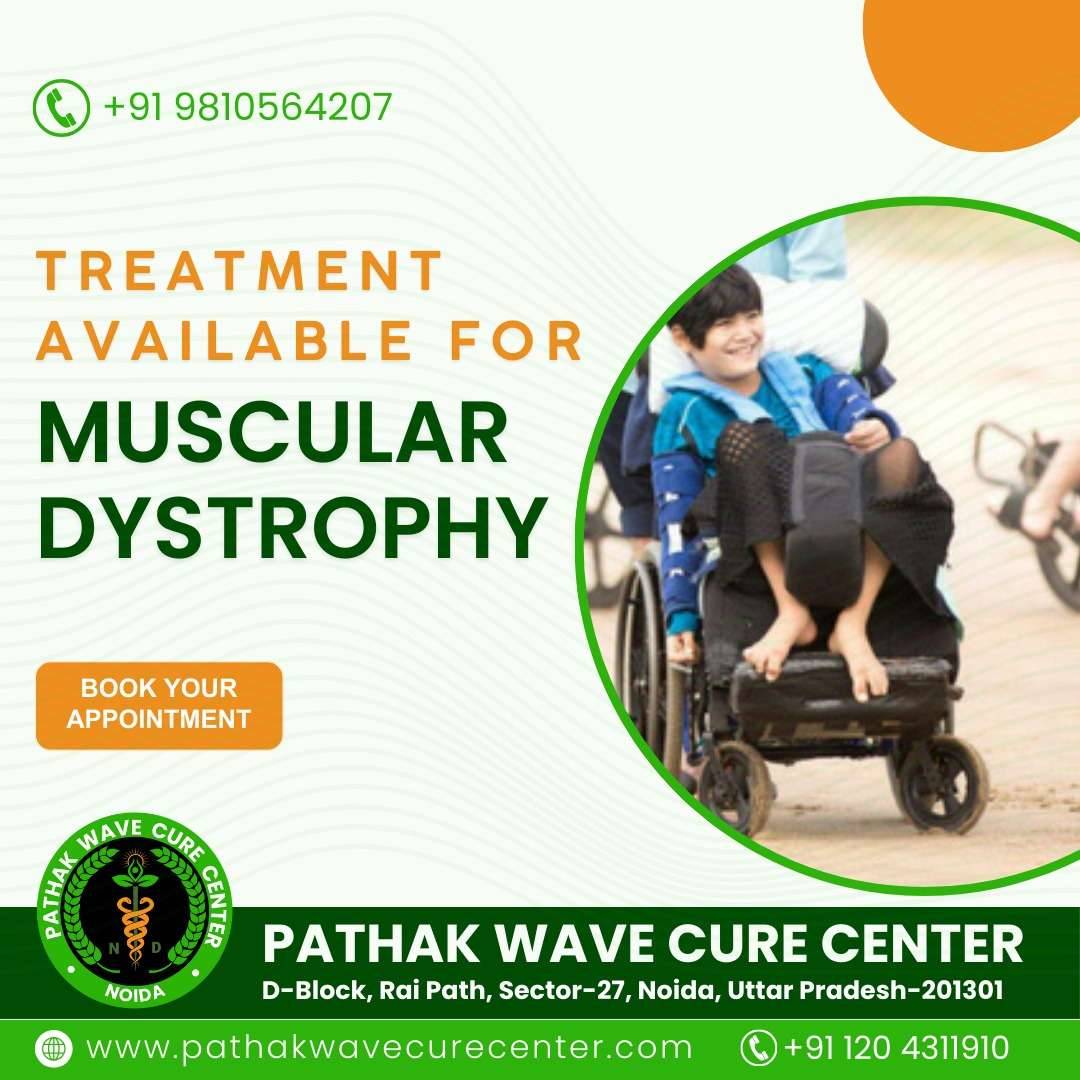June 17, 2024 | by Dr. Sarvesh Kumar Pathak

Duchenne Muscular Dystrophy (DMD) is a severe type of muscular dystrophy characterized by rapid progression of muscle degeneration.
This genetic disorder primarily affects boys, though in rare cases, it can also affect girls.
DMD disease leads to muscle weakness and a significant loss of muscle mass, which typically begins to show in early childhood.
Duchenne muscular dystrophy caused by mutations in the DMD gene located on the X chromosome.
This gene is responsible for producing dystrophin, a protein essential for muscle function.
Without adequate dystrophin, muscle cells are damaged and eventually die, leading to the symptoms of DMD.
The signs of Duchenne muscular dystrophy usually start to appear between the ages of 2 and 5.
As the disease progresses, muscle weakness spreads to the arms, neck, and other areas.
By the early teens, individuals with DMD often require a wheelchair for mobility.
Respiratory and cardiac complications are common in the later stages of the disease
Early diagnosis of Duchenne muscular dystrophy is crucial for managing the disease effectively.
Healthcare providers may use diagnostic tools:
While there is no cure for DMD, various treatments can help manage symptoms and improve quality of life.
In Duchenne muscular dystrophy We are providing best Muscular Dystrophy Remedy in Noida.
progressive weakness and degeneration of the muscles that generate movement.
DMD is the most common fatal X-linked recessive disorder, which means that the disease carried by mothers but usually appears only in boys.
Wave therapy: Helps optimize daily activities to increase independence.
Respiratory support: Breathing exercises and wave therapy are helpful for respiratory health.
Recent advances in genetic research have opened new avenues for potential treatments for Duchenne muscular dystrophy.
Managing Duchenne Muscular Dystrophy requires a multidisciplinary approach involving doctors, therapists, and support groups.
Family and caregivers play a vital role in providing emotional and practical support to individuals suffering from DMD.
Early intervention, consistent medical care, and access to emerging treatments can improve outcomes and quality of life for those affected by this challenging condition.
For more information on Duchenne Muscular Dystrophy, visit reputable sources such as “Pathak Wave Cure Center” to stay updated on the latest research.
By understanding the DMD disease and its effects, we can better assist those affected and contribute to ongoing efforts to find a cure.
View all
February 15, 2025 | by Dr. Sarvesh Kumar Pathak
January 15, 2025 | by Dr. Sarvesh Kumar Pathak
June 21, 2024 | by Dr. Sarvesh Kumar Pathak